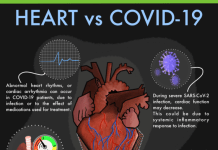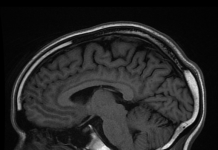Matter is subject to gravitational attraction. Einstein’s general relativity had predicted that antimatter also should fall to Earth in the same way. However, there was no direct experimental evidence so far to show that. ALPHA experiment at CERN is the first direct experiment to have observed the effect of gravity on the motion of antimatter. The findings ruled out repulsive ‘antigravity’ and held that gravity influences matter and antimatter in a similar way. It was observed that atoms of antihydrogen (a positron orbiting an antiproton) fell to Earth in the same way as atoms of hydrogen.
Antimatter is composed of antiparticles (positrons, antiprotons and antineutrons are antiparticles of electrons, protons and neutrons). Matter and antimatter annihilate each other completely when they come in contact leaving behind energy.
Matter and antimatter were created in equal amounts in the early universe by Big Bang. However, we do not find antimatter now in the nature (matter-antimatter asymmetry). Matter dominates. As a result, understanding of properties and behaviour of antimatter is incomplete. With respect to effect of gravity on the motion of antimatter, general theory of relativity had predicted that antimatter also should be influenced in the similar way, but there was no direct experimental observation to confirm that. Some had even argued that unlike matter (which is subject to gravitational pull), antimatter may be subject to repulsive ‘antigravity’ which has been ruled out by the recently published findings of CERN’s ALPHA experiment.
The first step was to make anti-atoms in the laboratory and to control them to avoid them encountering matter and annihilating. Easy it may sound but it took over three decades to do so. The researchers zeroed on antihydrogen atoms as an ideal system to study the gravitational behaviour of antimatter because antihydrogen atoms are electrically neutral and stable particles of antimatter. The research team took negatively charged antiprotons produced in the laboratory and bound them with positively charged positrons from a sodium-22 source to create antihydrogen atoms which were subsequently confined in a magnetic trap to prevent annihilation with matter atoms. The magnetic trap was switched off to allow antihydrogen atoms to escape in a controlled way in a vertical apparatus ALPHA-g and the vertical positions at which the antihydrogen atoms annihilate with matter were measured. The researchers trapped groups of about 100 antihydrogen atoms. They slowly released antiatoms of one group over a period of 20 seconds by reducing current in the top and bottom magnets. They found that proportion of anti-atoms existing through the top and bottom corresponded with the results for atoms from simulations. It was also found that the acceleration of an antihydrogen atom was consistent with well-known acceleration due to gravity between matter and the Earth suggesting that antimatter is subject to the same gravitational attraction as matter and not to any repulsive ‘antigravity’.
This finding is a milestone in study of gravitational behaviour of antimatter.
***
Sources:
- CERN 2023. News – ALPHA experiment at CERN observes the influence of gravity on antimatter. Posted 27 September 2023. Available at https://www.home.cern/news/news/physics/alpha-experiment-cern-observes-influence-gravity-antimatter Accessed on 27 September 2023.
- Anderson, E.K., Baker, C.J., Bertsche, W. et al. Observation of the effect of gravity on the motion of antimatter. Nature 621, 716–722 (2023). https://doi.org/10.1038/s41586-023-06527-1
***




































